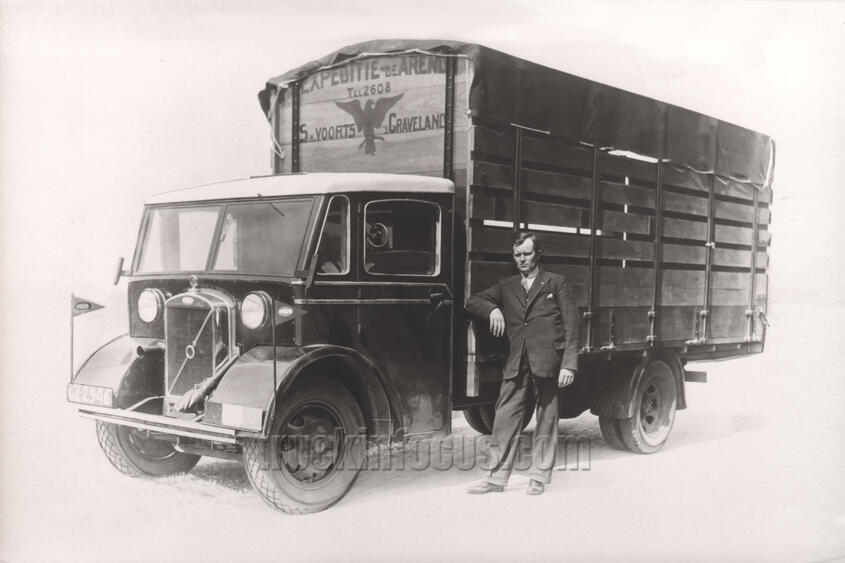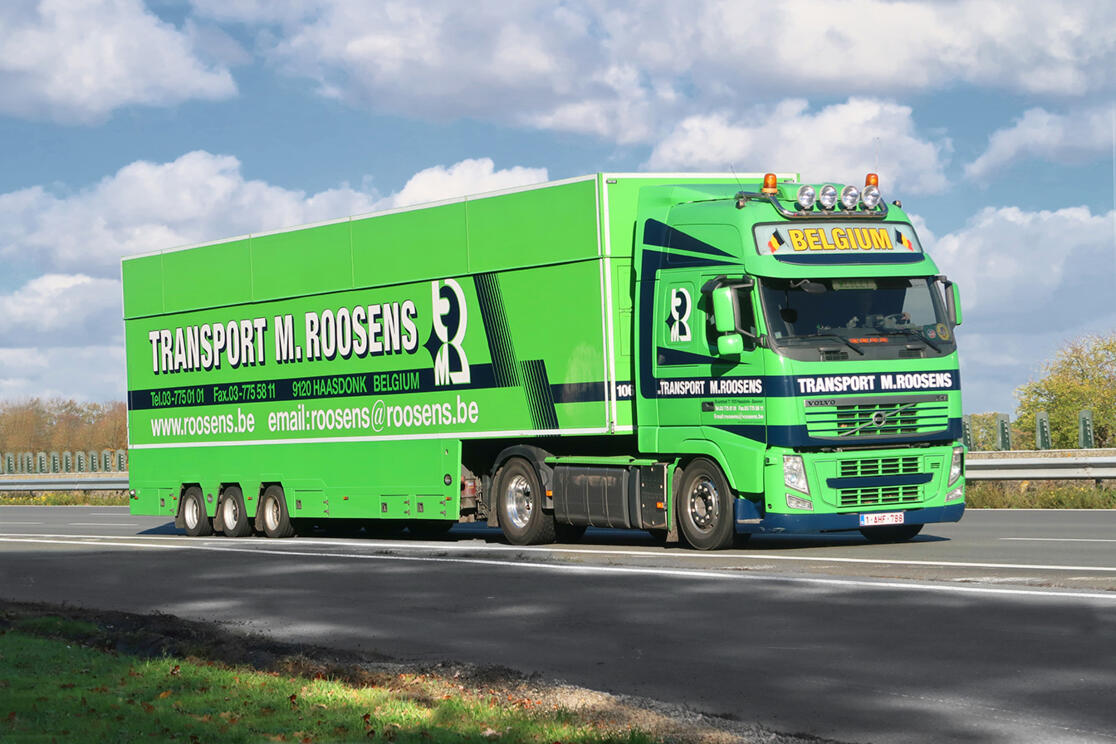The origins
The Latin verb volvere means to roll, so volvo means "I roll." In 1880, the term first appeared as a trademark when a Swedish roller and ball bearing manufacturer named his company "Volvo." The business supplied Belgian and French automobile manufacturers, among others. In 1915, the relatively small company was taken over by the Gothenburg joint stock company "AB Svenska Kullager Fabriken" (SKF), which was already known beyond Scandinavia at that time and which developed into an international market leader in the age of industrialization. In the same year as the takeover, SKF patented a ball bearing with the name Volvo. At the same time, the company began building vehicles under this name, initially only to test the newly developed roller bearings.
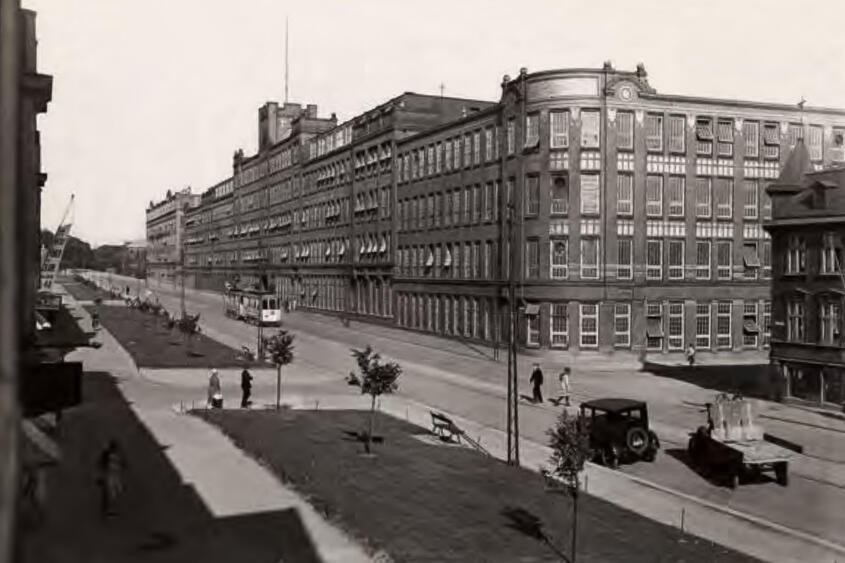
Soon, two young SKF employees, Assar Gabrielsson and Gustaf Larson, saw the potential in manufacturing self-propelled vehicles. In 1924, they founded the subsidiary "Volvo Personenvagnar" (Volvo Cars). In the fall, design work began on the first vehicle, and in 1926 the first prototypes were tested. Parallel to the passenger cars, a first truck model was also created, which was produced from 1928 under the designation "LV 1". Initially, 500 units were built with the target of selling them within two years. But they were sold out within six months, so Volvo followed up with the "LV 2" sooner than expected. The trucks of both series were equipped with a 28-hp four-cylinder gasoline engine. The payload was one and a half tons, half the total weight. A three-speed transmission allowed speeds of up to 50 kilometers per hour. Initially, Volvo did not offer its own cabs. However, customers could either have a cab from the manufacturer Åtvidaberg fitted at the factory or hire a body builder of their own choice.
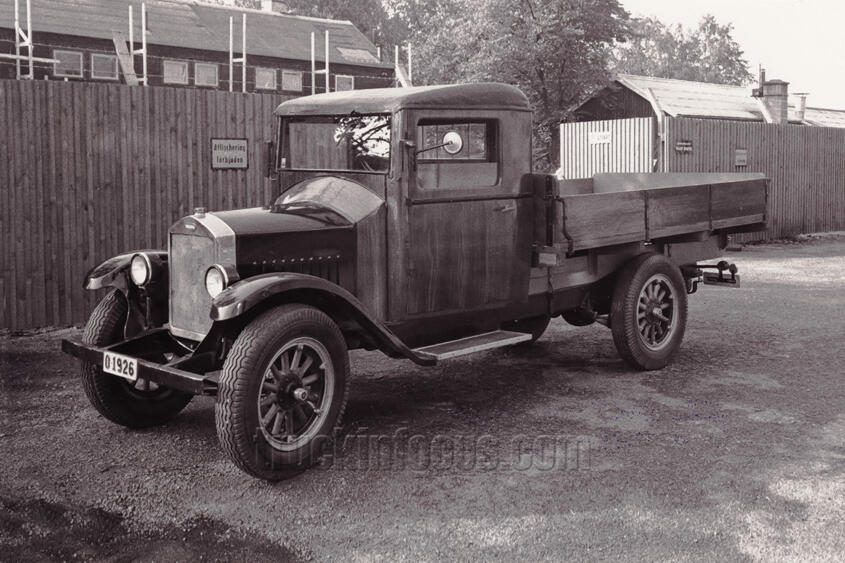
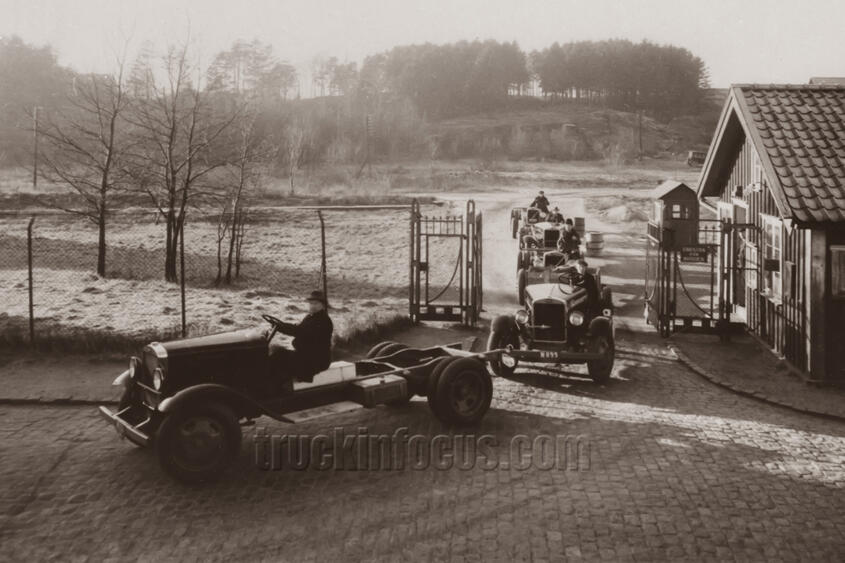
The trucks of the LV 2 series had a track width of 145 centimeters, in contrast to the only 130 centimeters of the first series. This was a decisive advantage, because the horse-drawn vehicles that dominated road traffic at the time, with their track width of around 150 centimeters, left deep ruts in the still unpaved roads. The narrow-gauge vehicles of the first series sometimes had to struggle with this problem.
The LV 2 was also a success. Combined, both models found almost a thousand buyers. The small trucks proved to be reliable and robust vehicles.
The thirties
Increasing competition from imported Chevrolets and Fords, which were equipped with more modern six-cylinder engines, led Volvo to design its own six-cylinder engine. From 1929, it was fitted to a vehicle initially designated "LV 3". Soon, however, there were new model designations: The models with the 28-horsepower four-cylinder became the LV 40 series, and the six-cylinder models became the LV 60 and LV 65 series. With a displacement of three liters, the new engine produced 55 or optionally 65 hp, and the total weight increased to 4.7 tons for the LV 65 model. Wooden spoked wheels and the cabin from the manufacturer Åtvidaberg were retained. The introduction of a four-speed transmission was progressive, but at that time it was still unsynchronized. The six-cylinder engine proved its worth and the LV-60 models sold 2970 units from 1929 to 1932.
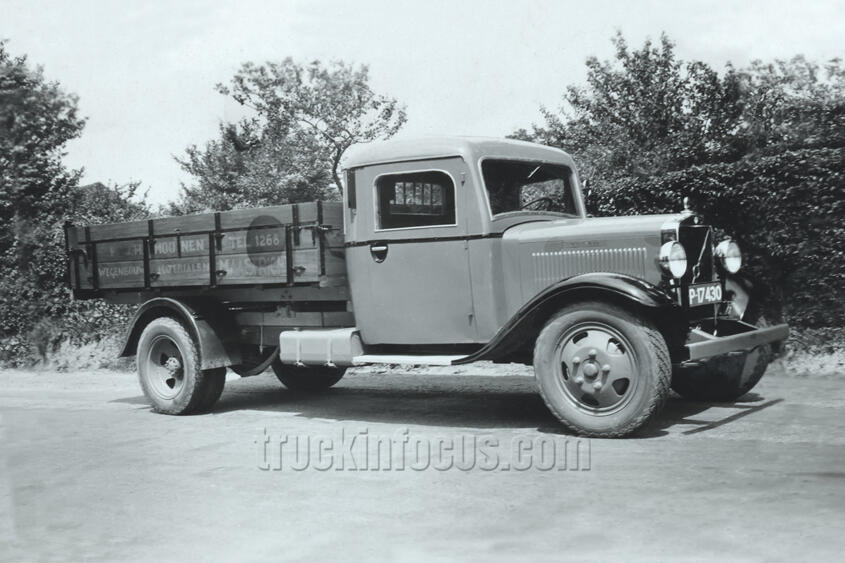
Volvo's truck lineup for the light weight classes in the early 1930s consisted of the LV 71 and LV 73 model series. With a longer wheelbase, but otherwise identical, there were also the LV 72 and LV 74 series. The mechanical components of these trucks were conventional: four-cylinder engines with side valve, four-speed transmission and a single-reduction rear axle. Both series proved very popular and also helped Volvo achieve its first export successes.
Volvo's main competitor on the Swedish market was Scania-Vabis from Södertälje. The competitor's engines were more powerful and more modern than the Volvo designs, so that a new six-cylinder engine was developed in Gothenburg, now with 4094 cc and an output of 65 hp or optionally 75 hp at 2500 rpm. The unit was combined with a new transmission. The LV 66 and LV 68 series, which were also available as three-axle trucks with an extended frame, received this driveline.
Manufacturers such as Mercedes, MAN, Leyland and Dennis increasingly relied on diesel engines in the early 1930s. Volvo did not have the capacity to design a diesel engine and therefore resorted to the development of the Swedish engineer Jonas Hesselman, who had invented a gasoline engine with direct injection. This engine could also run on heavy fuel oil. Its output was 75 to 90 hp for the six-cylinder engine with a displacement of four liters. This power unit required an extension of the engine hood. Though powerful and solid in operation, the Hesselman engine did not achieve the low fuel consumption of diesel engines and smoke production was also considerable.
Volvo sent two trucks with Hesselman engines on the Soviet Moscow-Tbilisi diesel race in 1934. The LV 66 and LV 70 models managed the 5,000-kilometer route in winter conditions without breakdowns, but they could not keep up with the diesel competition in terms of torque and fuel consumption.
Designed primarily as a bus chassis, Volvo introduced its first cab-over-engine model in 1933 with the LV 75. It was also offered as a truck, but did not achieve the popularity of the conventional hooded trucks. From 1933 to 1935, 308 examples were produced.
